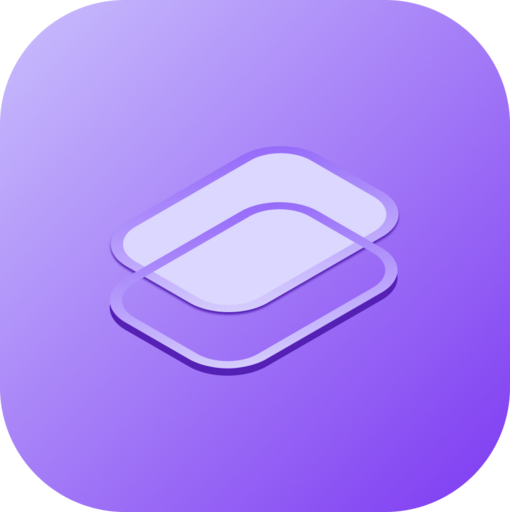ATS-Friendly Resume Design: Formatting Tips for Maximum Compatibility

Applicant Tracking Systems (ATS) automatically scan, sort, and rank resumes based on specific criteria, primarily focusing on keywords, formatting, and content structure. If you're applying for jobs online, it's crucial to ensure that your resume is ATS-friendly to increase your chances of landing an interview. Here's a comprehensive guide on how to design a resume for maximum compatibility with ATS.
Keep the Layout Simple
One of the most important aspects of an ATS-friendly resume is simplicity. Complex layouts and excessive design elements can confuse ATS and cause them to misinterpret or reject your resume. Here are some key tips:
- Use Standard Sections: Include standard sections such as "Experience," "Education," "Skills," and "Contact Information." Avoid unconventional section names.
- Avoid Complex Graphics: Steer clear of images, logos, text boxes, or other graphic elements. ATS may not be able to process these, leading to data loss or misinterpretation.
- Stick to Basic Font Styles: Use basic fonts like Arial, Times New Roman, or Calibri. Avoid cursive or decorative fonts, as they may not be recognized by ATS.
Optimize for Keywords
ATS relies heavily on keywords to rank resumes. To ensure your resume is recognized, consider the following:
- Analyze Job Descriptions: Review job descriptions for roles you're interested in and identify key terms and phrases. These are the keywords to include in your resume.
- Use Keywords Naturally: Incorporate keywords into your resume in a way that feels natural. Avoid "keyword stuffing" or listing too many keywords without context.
- Emphasize Skills and Qualifications: Create a dedicated "Skills" section where you list relevant skills using keywords from job descriptions.
Proper Use of Bullet Points
Bullet points are an effective way to organize information in a way that's readable for both ATS and human recruiters. Here's how to use them effectively:
- Use Consistent Formatting: Stick to a single style of bullet points throughout your resume. Inconsistencies may cause ATS to misread your content.
- Focus on Action-Oriented Language: Start each bullet point with a strong action verb, such as "Developed," "Managed," or "Implemented."
- Keep Bullet Points Concise: Each bullet point should be a brief statement that conveys a specific accomplishment or responsibility. Aim for one or two lines at most.
Clear Headings and Spacing
Clear headings and proper spacing can greatly improve the readability of your resume, both for ATS and human recruiters. Consider these tips:
- Use Standard Headings: Label sections with conventional headings like "Experience," "Education," or "Skills." Avoid creative or ambiguous terms.
- Ensure Adequate Spacing: Use consistent spacing between sections and bullet points to avoid clutter. This also helps ATS properly scan your resume.
- Avoid Columns and Tables: While columns and tables may look organized to the human eye, they can confuse ATS. Stick to a single-column format.
Creating an ATS-friendly resume doesn't mean sacrificing style or personality. By focusing on simple, clear formatting, optimizing for keywords, and using bullet points effectively, you can design a resume that passes ATS checks while still appealing to human recruiters. Follow these best practices to ensure your resume gets noticed and helps you land the interviews you deserve.

